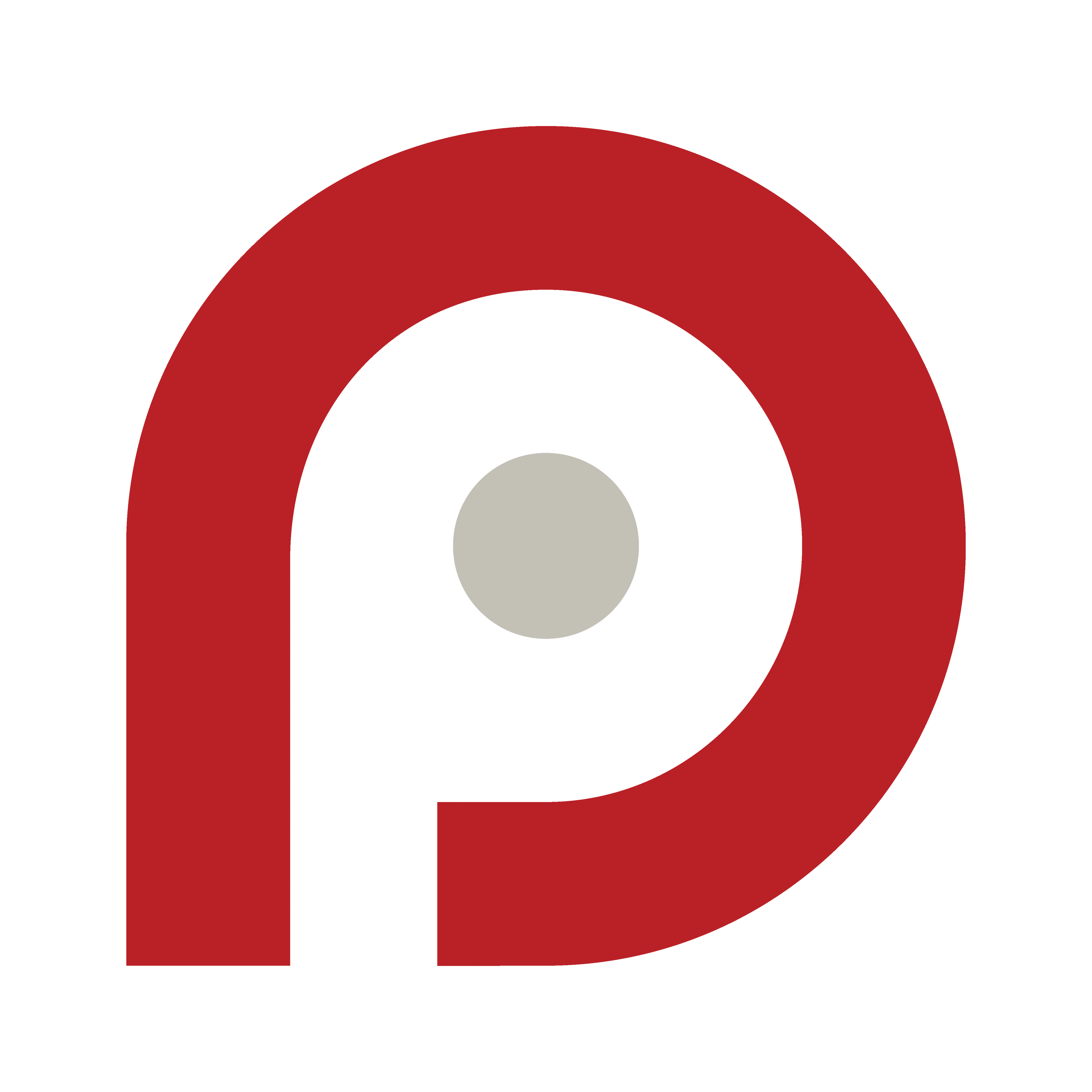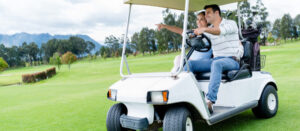Updated August, 21, 2023
I swerved to miss a deer and hit a tree, is that other than collision or collision on my auto policy?
When you find yourself in your neighborhood or down an old state farm road in North Carolina where you had to swerve to avoid hitting a deer and ended up colliding with a tree, it’s important to understand how this incident is covered by your auto insurance policy.
Your Auto Insurance policy consists of two main categories of coverage: collision and other than collision (sometimes referred to as comprehensive). These categories help define how different incidents are handled. If you were to swerve to avoid a deer and ended up hitting a tree, this scenario would generally fall under the collision category in your auto policy.
The reason this incident is considered a collision is because you were driving at the time it happened. Although the object you collided with wasn’t another vehicle, it’s still classified as a collision because you were operating your vehicle when the accident occurred. While the fine print of your policy might provide specific definitions for collision incidents, the key point is that you were behind the wheel.
On the other hand, the “other than collision” or comprehensive insurance covers events that can happen to your car when you’re not actively driving. This can include situations like a rock hitting your windshield from another vehicle, damage caused by hail, or even incidents that occur while your car is parked in a lot.
These comprehensive incidents involve factors beyond your control, and they don’t involve a collision with another object. Importantly, many of these events could occur without you even being present in the car.
However, when it comes to a situation where you swerve to avoid a deer and ultimately collide with a tree, it’s a clear case of collision. You were operating the vehicle at the time of the accident, and the collision with the tree was a direct result of your evasive action to avoid the deer. This is why most insurance policies categorize this as a collision, and the coverage you have for collision will come into play. This coverage will help address the damages to your car, any medical expenses you might incur, and even potential damage to road signs or other property you might be held responsible for.
In the aftermath of an accident where you hit a tree while swerving away from a deer, one of the first steps you should take is to contact your insurance company. They might ask for photos of the scene, and it’s a good idea to take pictures even if they don’t request them immediately. These photos can serve as additional evidence and protection when you file your insurance claim.
Remember, understanding how your auto insurance policy covers various types of incidents is crucial in ensuring you’re prepared for unexpected events on the road.
- Auto Insurance Categories: Auto insurance policies are divided into two main categories: collision and other than collision (comprehensive), which determine how different incidents are handled.
- Deer and Tree Collision: When you swerve to avoid hitting a deer and end up hitting a tree, this scenario falls under the collision category, even though the object wasn’t another vehicle. This classification is based on the fact that you were driving at the time of the accident.
- Comprehensive Coverage: Other than collision (comprehensive) coverage encompasses events that occur when you’re not driving, such as rock damage from another vehicle or hail damage. These incidents don’t involve collisions and can happen even if you’re not present in the car.
- Direct Connection: In a deer-swerve-tree collision, the collision with the tree is a direct result of your evasive action to avoid the deer. As you were behind the wheel when the accident occurred, insurance policies typically categorize this as a collision event.
- Insurance Protocol: After such an accident, contacting your insurance company is essential. They might ask for photos of the scene, which can serve as evidence when filing a claim. Understanding your coverage and promptly notifying your insurance provider helps navigate unexpected events on the road effectively.
Always reach out to your insurance provider whenever you’re unsure about the details of your coverage or need to make a claim. By being informed and proactive, you can navigate these situations more effectively and get the necessary support when you need it most.





